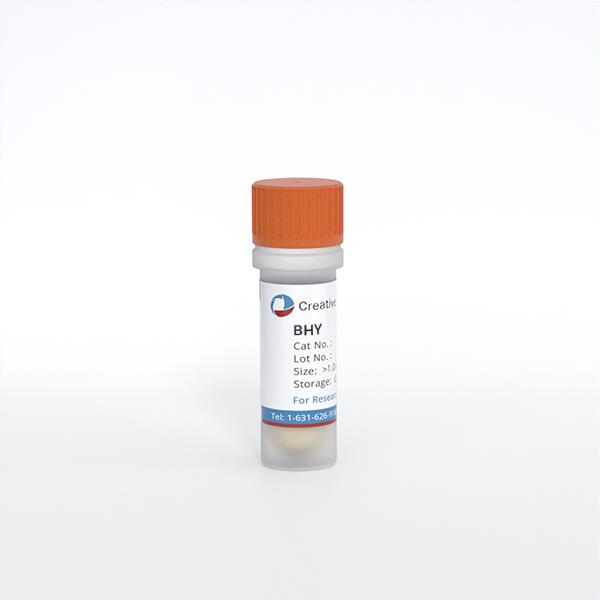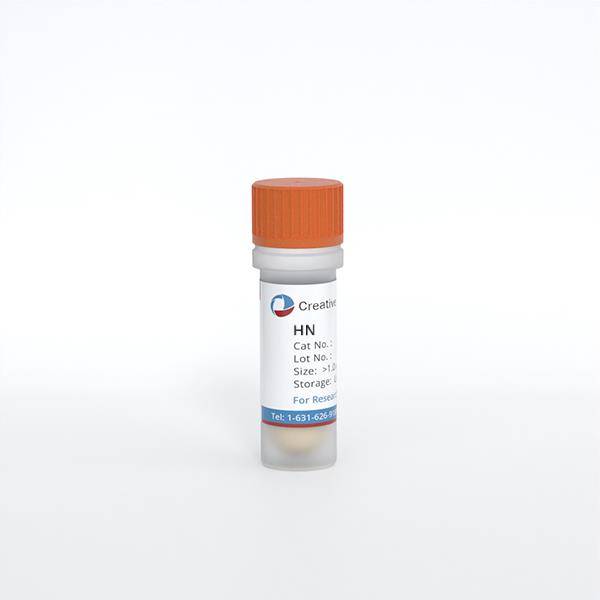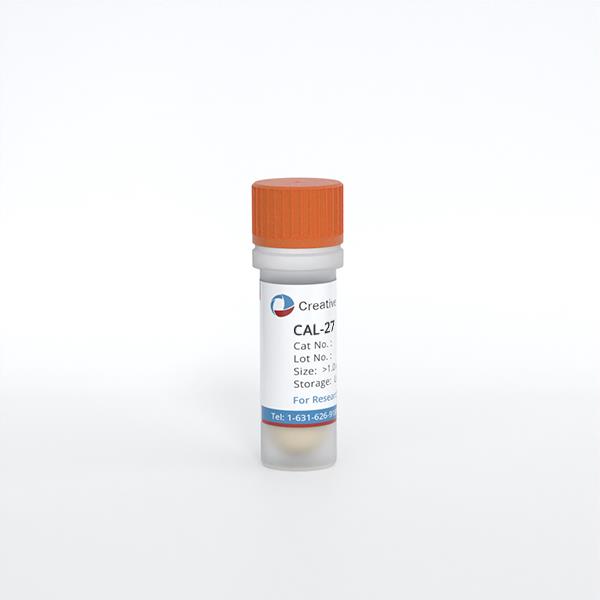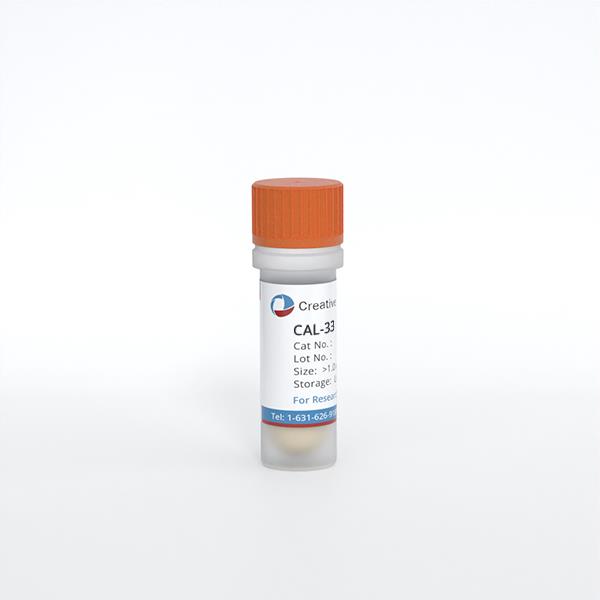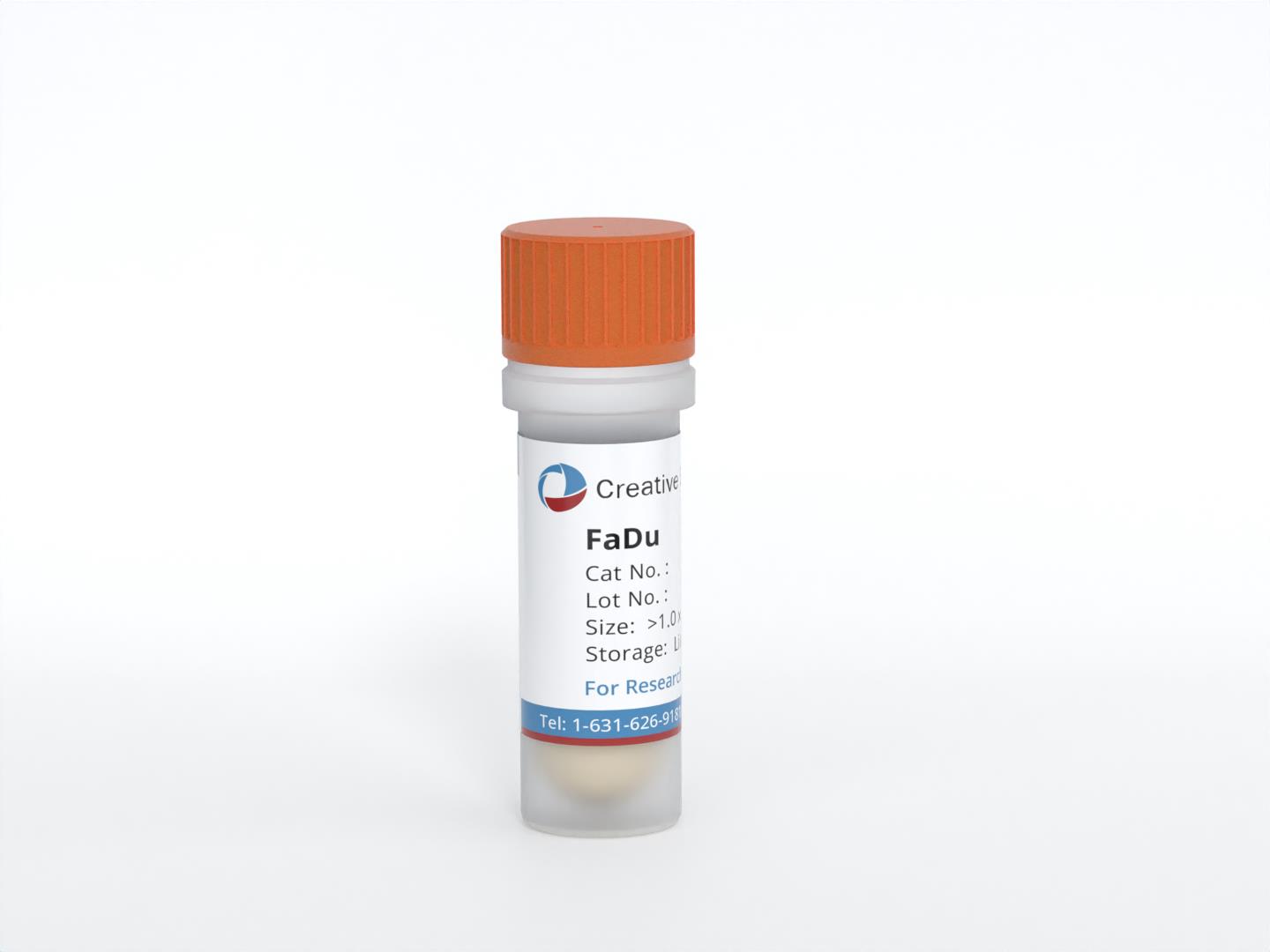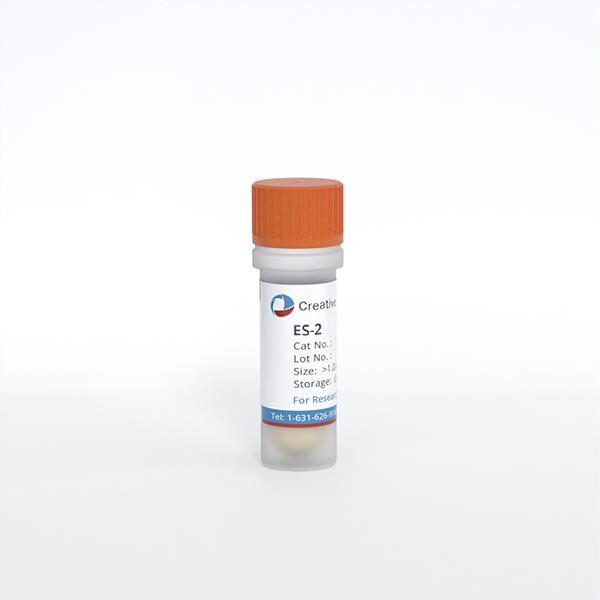Featured Products
Our Promise to You
Guaranteed product quality, expert customer support

ONLINE INQUIRY
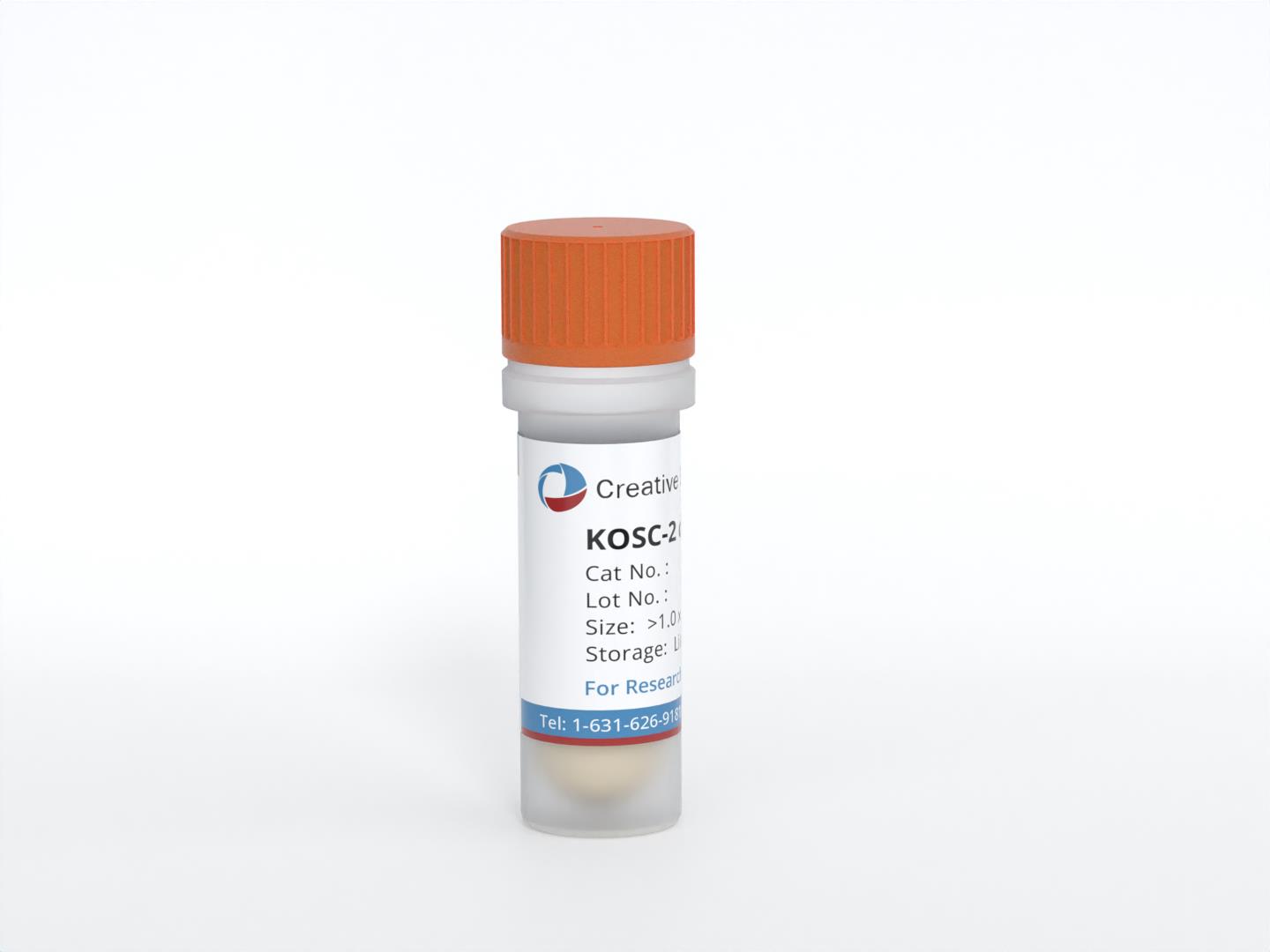
- Specification
- Background
- Scientific Data
- Q & A
- Customer Review
The KOSC-2 cl3-43 cell line is derived from human oral cancer at stage III and has its origins in a patient with squamous cell carcinoma. This cell line was established to serve as a valuable tool for cancer research, particularly focusing on the biological characteristics and therapeutic responses of advanced oral tumors. The designation "cl3-43" indicates a specific subclone that has been isolated for its particular growth and behavior, helping researchers study variations within the tumor characteristics.
The KOSC-2 cl3-43 cell line has proven to be instrumental in studying the molecular mechanisms underlying oral cancer progression and treatment resistance. Researchers utilize this cell line to investigate various aspects of tumor biology, including cell signaling pathways, genetic mutations, and responses to chemotherapy. By understanding the unique characteristics of this advanced-stage oral cancer, scientists hope to identify new therapeutic targets and strategies, ultimately contributing to improved outcomes for patients suffering from oral squamous cell carcinoma.
Cytotoxicity of the Nano-Drug Delivery Systems in KOSC-2 cl3-43 Cells
The effects of biofilm composite nano-drug delivery system (OMVs-MSN-5-FU) on lymph node metastasis from oral squamous cell carcinoma were analyzed. Mesoporous silica nanoparticles loaded with 5-FU (MSN-5-FU) were prepared first. Subsequently, the outer membrane vesicles (OMV) of Escherichia coli were collected to wrap MSN-5-FU, and then OMVs-MSN-5-FU was prepared. It was then immersed in artificial gastric juice and artificial intestinal juice to explore the drug release rate. Next, the effects of different concentrations of the nano-drug delivery systems on the proliferation activity of oral squamous carcinoma cell line KOSC-2 cl3-43 were analyzed. The results of cell viability detected by MTT showed that, with the increase of the concentration of 5-FU, MSN-5-FU, and OMVs-MSN-5-FU drug delivery systems, the proliferation activity of KOSC-2 cl3-43 cells showed a gradually decreasing trend. At the same time, under the same dosage, the inhibitory rate of OMVs-MSN-5-FU drug delivery system on the proliferation activity of KOSC-2 cl3-43 cells was higher than that of 5-FU and MSN-5-FU. The specific results are shown in Fig. 1.
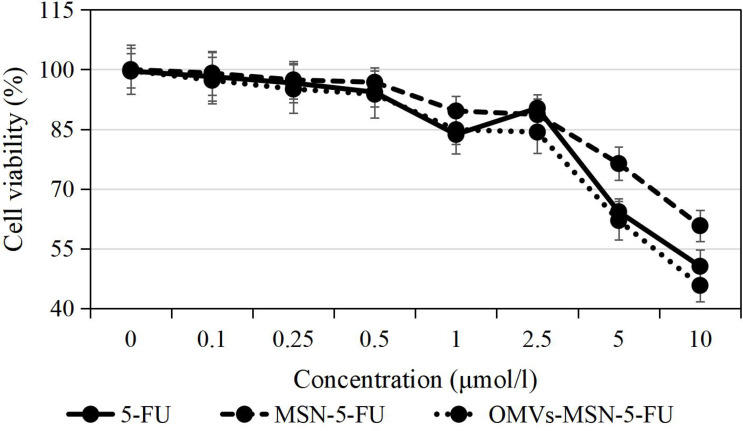 Fig. 1 The inhibitory effects of free drug and the nano-drug delivery systems on cell proliferation. (Huang J, et al., 2022)
Fig. 1 The inhibitory effects of free drug and the nano-drug delivery systems on cell proliferation. (Huang J, et al., 2022)
More than 90 percent of cancers that occur in the oral cavity are squamous cell carcinomas.
Ask a Question
Average Rating: 4.0 | 1 Scientist has reviewed this product
No contamination
The cells from Creative Bioarray were free from contamination, which help me obtain reliable experimental results.
28 June 2023
Ease of use
After sales services
Value for money
Write your own review
- You May Also Need

